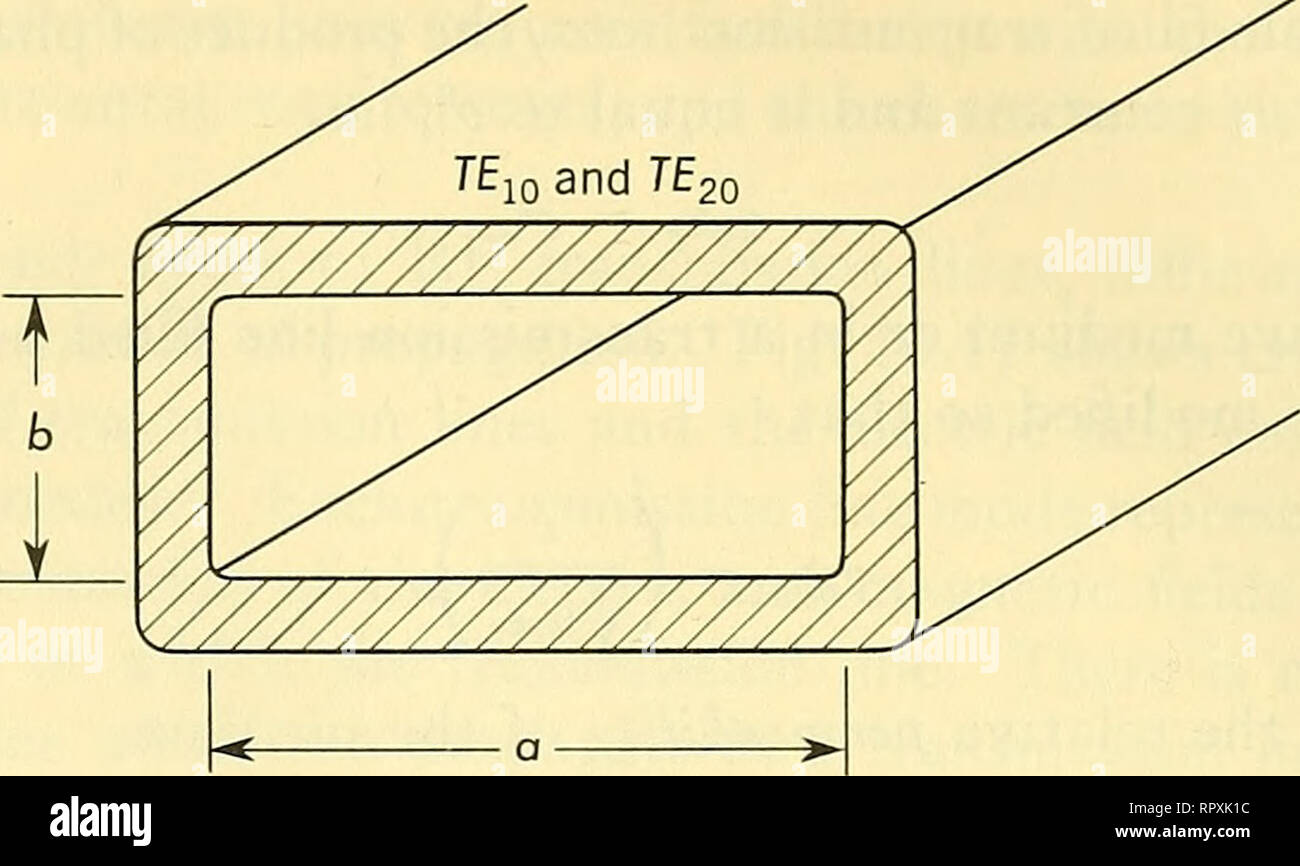


This is the principal reason no Reststrahl type absorption occurs in the Group IV elements, particularly as there is no dipole moment (homopolar) to couple with the incident radiation. The vibration modes experienced from this arrangement consist of the displacement of one sub-lattice with respect to the other, giving rise to displacements and therefore polarizations that are exactly opposite and 180° out of phase producing no resultant polarization and hence no coupling mechanism to the incident radiation. The diamond structure is considered as two interpenetrating face-centred-cubic lattices, in which one lattice is displaced from the other by one quarter of the main body diagonal. Absorptionīoth germanium and silicon have a diamond type structure, where each atom is surrounded by four adjacent atoms occupying the corner points of a tetrahedron, to which it is bound by covalently bonded electron paired bonds. The short wavelength cut-off corresponds to an energy gap between 0.68eV at 300K to 0.83eV at 50K and a transmission level of approximately 47% from a refractive index of ~ 4.0. The principal region of transparency extends from ~1.8-18µm at 300K extending to ~1.5-18µm at 50K.

It is also non-hydroscopic, non-toxic and possesses good thermal conductivity. Its surface hardness and robust mechanical strength also aid applications where ruggedness is a requirement. This combination of high refractive index and low dispersion also means imaging by a single Ge lens with low f-number is easily achievable. Having the highest refractive index ( n ~ 4.0) of any of the infrared bulk transmitting substrate materials and low dispersion properties across a wide range of temperatures avoids chromatic aberration in many applications. The precision characteristics of the newly developed apparatus are analyzed and a quantitative assessment of the measurement error is obtained.Germanium has proved to be the most useful semiconductor substrate for applications as a window or lens material in the 1.6 - 18µm region. The measurements are performed on the basis of the reference bending method described in GOST R MEK 6-2013. A model of a new high-precision apparatus for measurement of the cut-off wavelength of an optical fiber is proposed.

Methods of measuring the cut-off wavelength of an optical fiber are considered. The problem of determining the cut-off wavelength of an optical fiber used in fiber-optic communication systems is critical, since in a multi-mode regime of operation of an optical fiber its throughput decreases as a consequence of inter-mode dispersion. The cut-off wavelength defines the minimal wavelength of optical radiation at which an optical fiber supports only a single propagated mode, i.e., it functions in a single-mode regime. One of the controllable parameters is the cut-off wavelength of a single-mode optical fiber. Abstract : Problems that arise in the course of attempting to determine and monitor an optical fiber, the medium of transmission of fiber-optic communication systems, are considered.


 0 kommentar(er)
0 kommentar(er)
